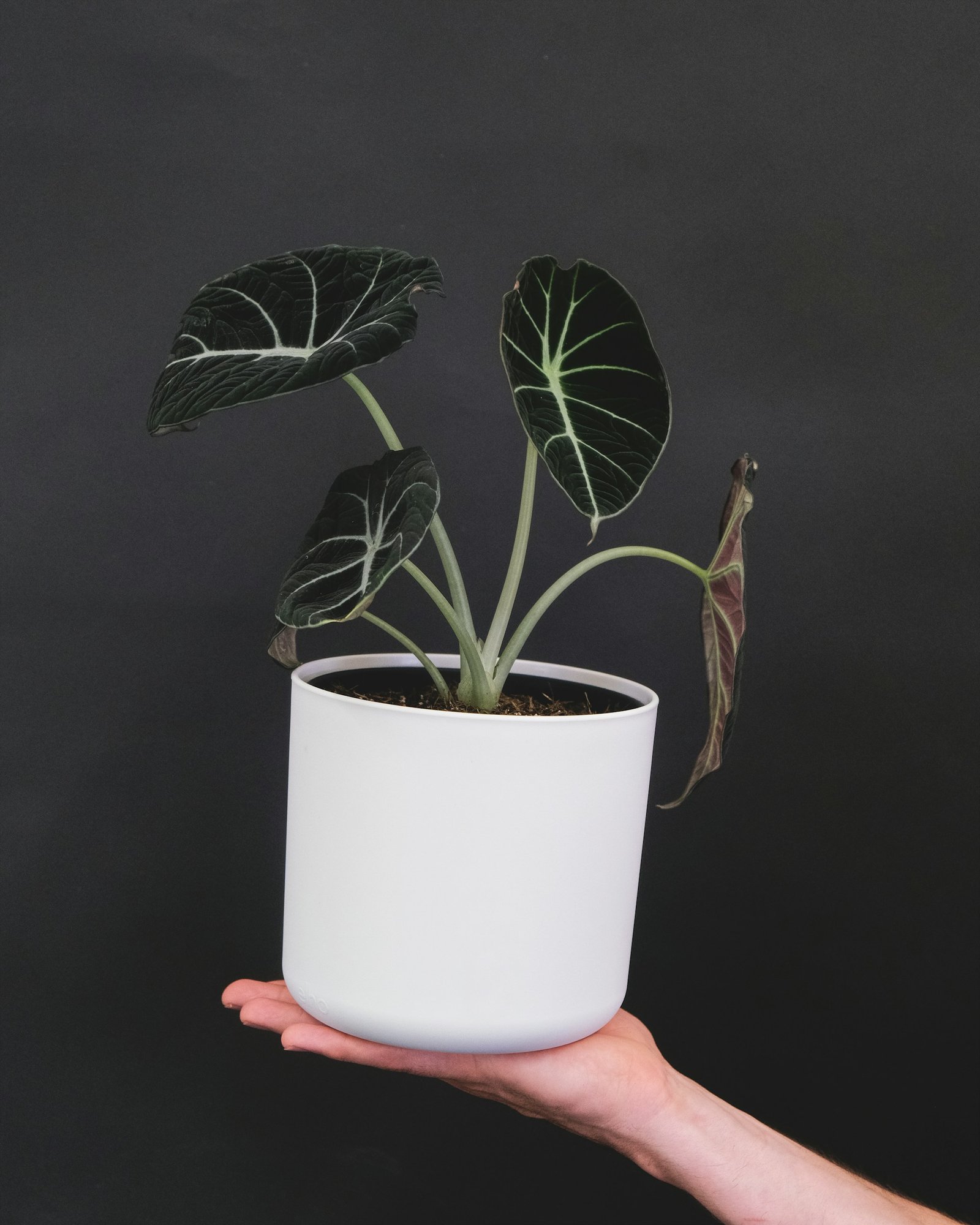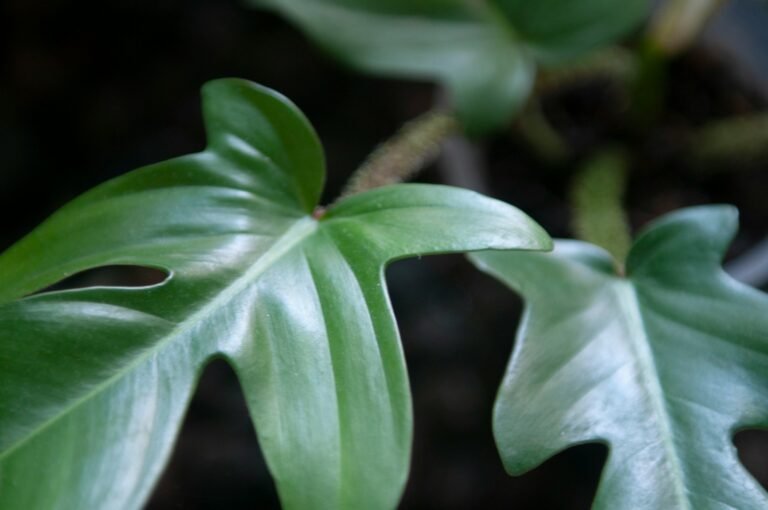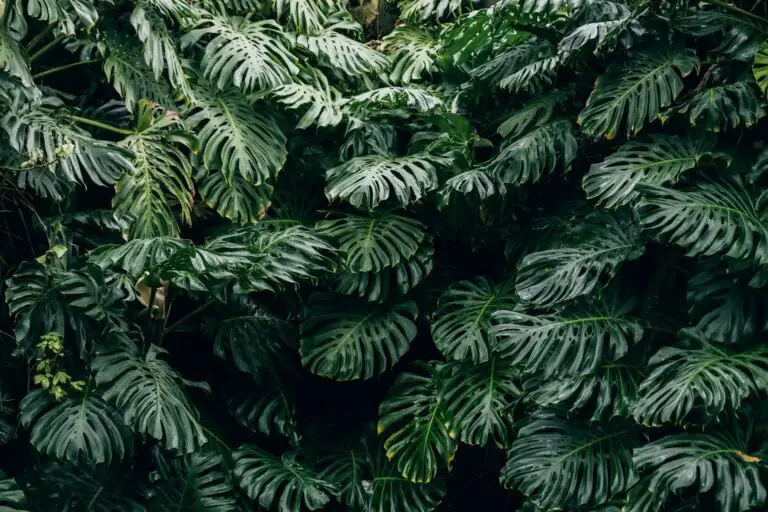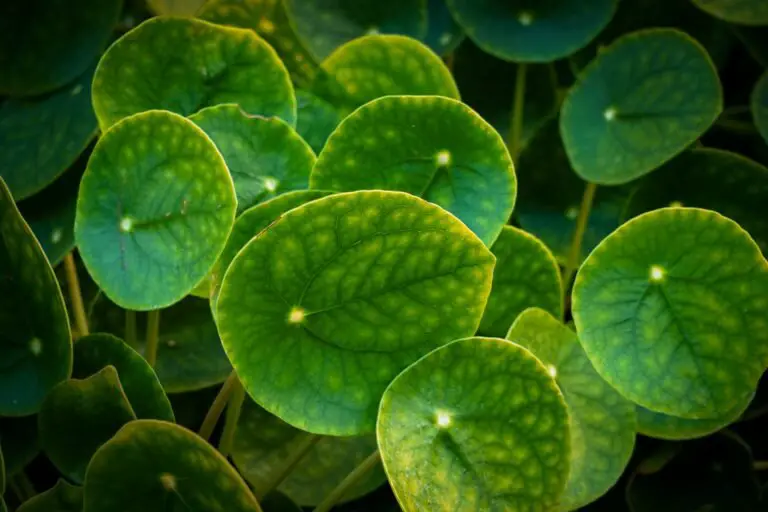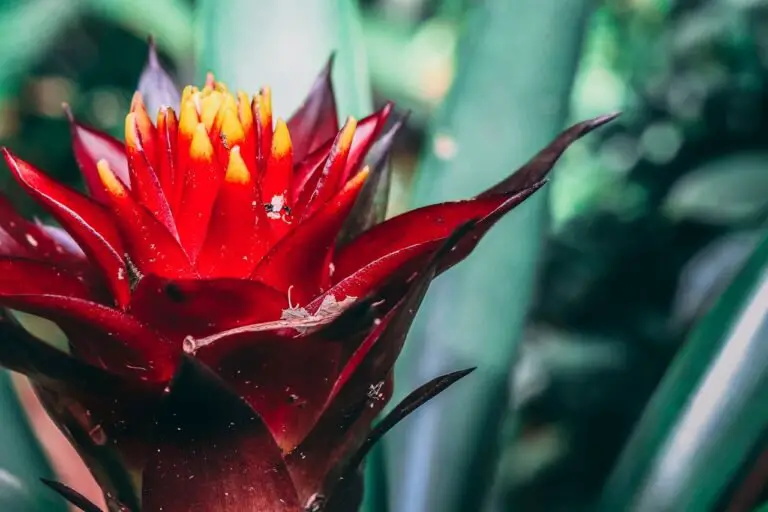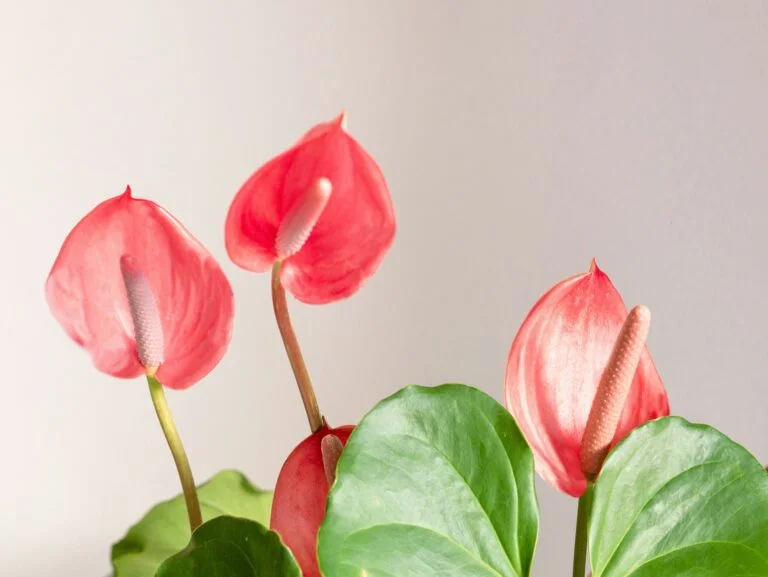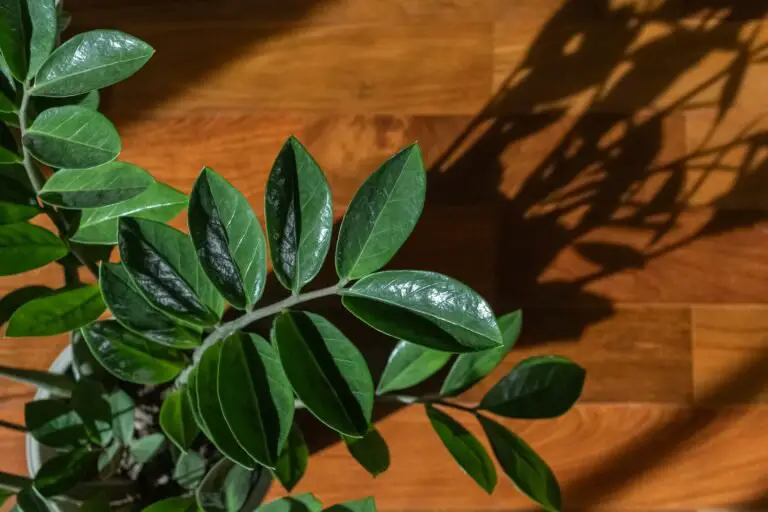Alocasia Care Indoors: What to Do When Your Elephant Ear Starts Throwing a Fit
So you picked up an Alocasia because the leaves looked like living art. Good call. These dramatic arrow- or shield-shaped stunners (a.k.a. Elephant Ears) bring serious style to any room. But then… something happens.
Leaves yellow. Stems droop. Entire leaves vanish overnight like a plant magic trick. Congrats, you’re in a relationship with one of the most beautifully dramatic plants on earth.
But here’s the deal: Alocasias aren’t hard—they’re just very clear about what they want. Get the care right, and they’ll bless you with huge, sculptural foliage. Get it wrong? They’ll disappear into dormancy faster than you can Google “why is my Alocasia dying.”
Let’s break it down.
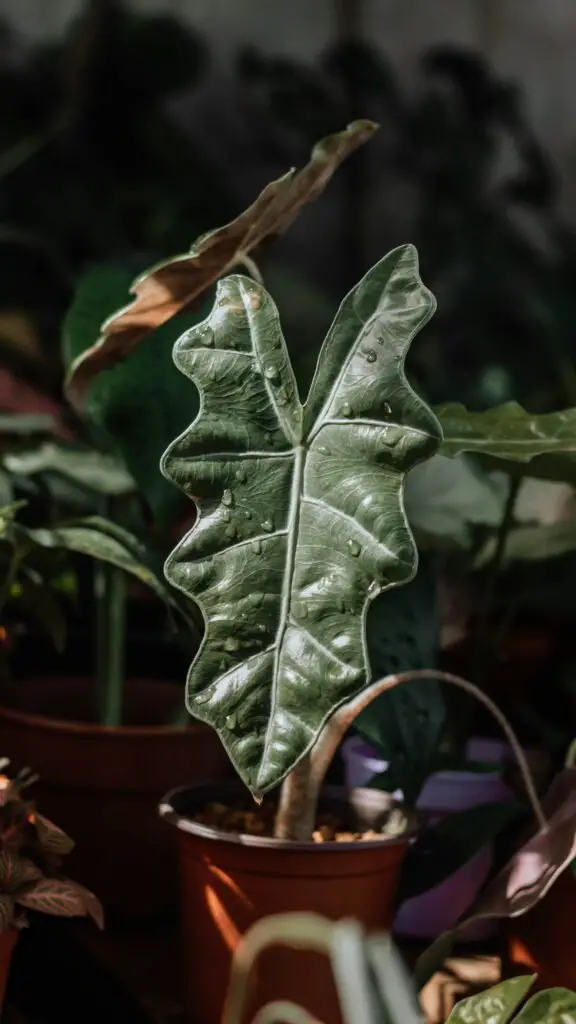
Why Alocasia Is Worth the Fuss
- Absolutely stunning foliage — like something out of a botanical fashion shoot
- Tons of variety: Polly, Frydek, Regal Shield, Zebrina, Cuprea—all with their own look
- Surprisingly fast-growing when happy
- Compact enough for small spaces, bold enough to feel like a tree
Just know up front: these plants are not here for neglect. You give them consistency and care, and they’ll reward you.
Light: Bright and Indirect (or Else)
Alocasias love light, but not the harsh, leaf-burning kind.
What they want:
- Bright, indirect light near a window
- East or north-facing is great
- West/south is fine too, just filter it with a sheer curtain
Low light = sad, slow-growing Alocasia
Direct hot sun = crispy tips and faded leaves
You want that sweet middle ground where it’s bright, but soft.
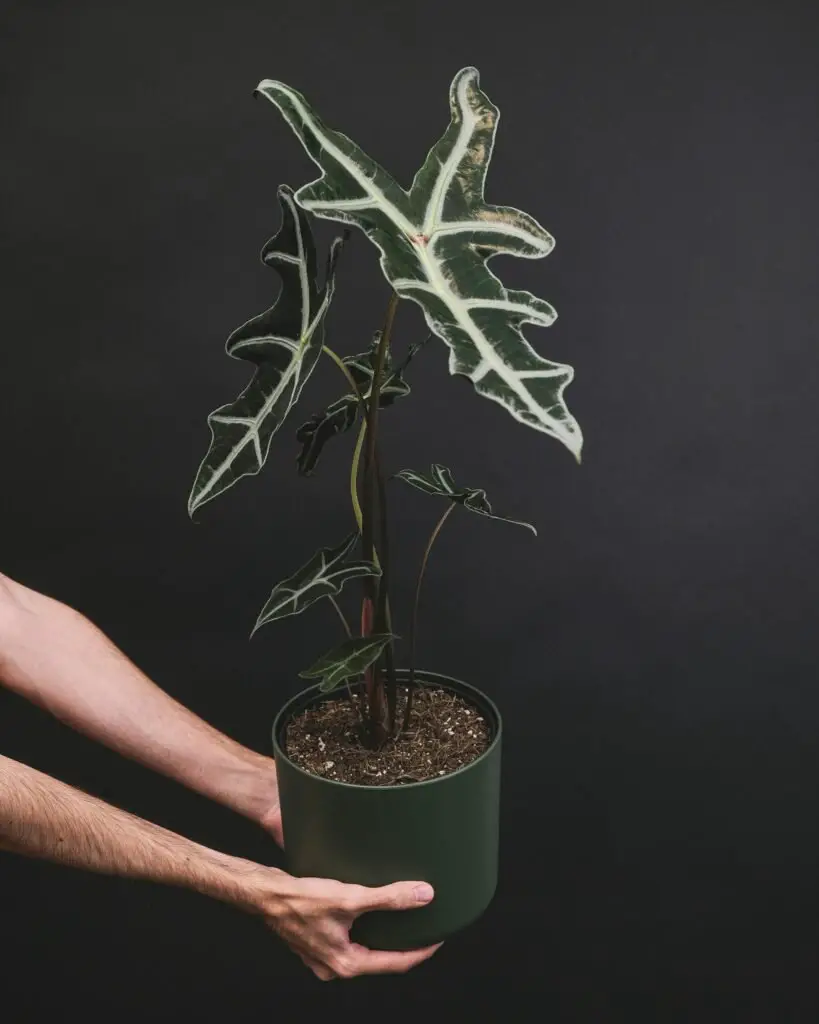
Watering: The Line Between Love and Drowning
Alocasia roots hate sitting in wet, compact soil—but they don’t like to totally dry out either. Yep. It’s that “moist but not soggy” lifestyle.
How to water:
- Water when the top 1–2 inches of soil feel dry
- Drain thoroughly—never let it sit in water
- Cut back in winter (seriously)
Overwatering is the #1 cause of Alocasia drama. If it’s yellowing, wilting, or just not thriving? Check the roots before you do anything else.
Humidity: High, Please and Thank You
Alocasias are tropical AF. That means they want humidity, and lots of it.
Target: 60%+ humidity
How to deliver:
- Humidifier near the plant (best option)
- Pebble tray or grouped plants
- Misting? Meh. It helps a little, but won’t save it in dry air
Brown edges? Crunchy new leaves? That’s your low-humidity warning shot.
Soil and Potting
Alocasia needs soil that drains well, stays lightly moist, and doesn’t suffocate the roots.
Use:
- A chunky, well-draining soil mix
- Potting soil + perlite + orchid bark works well
- A pot with drainage holes (non-negotiable)
Don’t overpot—go up just one size if it’s rootbound. Too much soil = water retention = sad roots.
Fertilizing: Yes, but Chill
During the growing season, Alocasias are hungry. But they’re also a little sensitive.
Feed:
- Every 2–4 weeks in spring and summer
- Use a balanced liquid fertilizer at half strength
- Skip feeding in fall and winter
Too much = fertilizer burn
Too little = slow growth
It’s a thin line, but you’ll get a feel for it.
Dormancy: It’s Not Dead, It’s Sleeping (Probably)
Don’t freak out if your Alocasia drops all its leaves in fall or winter. That’s dormancy, not death.
It’s storing energy in its bulb-like corms underground. If the roots are still healthy, leave it alone. Water lightly every few weeks. In a few months, it’ll wake up and start growing again.
(Unless you overwatered. In which case… yeah, RIP.)
Common Alocasia Problems and What They Mean
Yellow leaves
Overwatering. Check the roots. Could also be lack of light.
Brown tips
Low humidity or inconsistent watering. Fix the environment.
Drooping leaves
New leaf incoming? Totally normal. If not, it’s either thirsty or rootbound.
Spider mites
These pests love Alocasia. Keep an eye out for webbing and use neem oil or insecticidal soap regularly if needed.
Final Thoughts
Alocasias aren’t difficult—they’re just high feedback. You’ll know what’s wrong, and you’ll know fast.
If you love plants with personality, structure, and presence, this one delivers. Just give it good light, solid humidity, and the occasional pep talk during dormancy.
Once you figure out the rhythm, Alocasia becomes a total showstopper. Even when it’s down to one leaf. 😎

